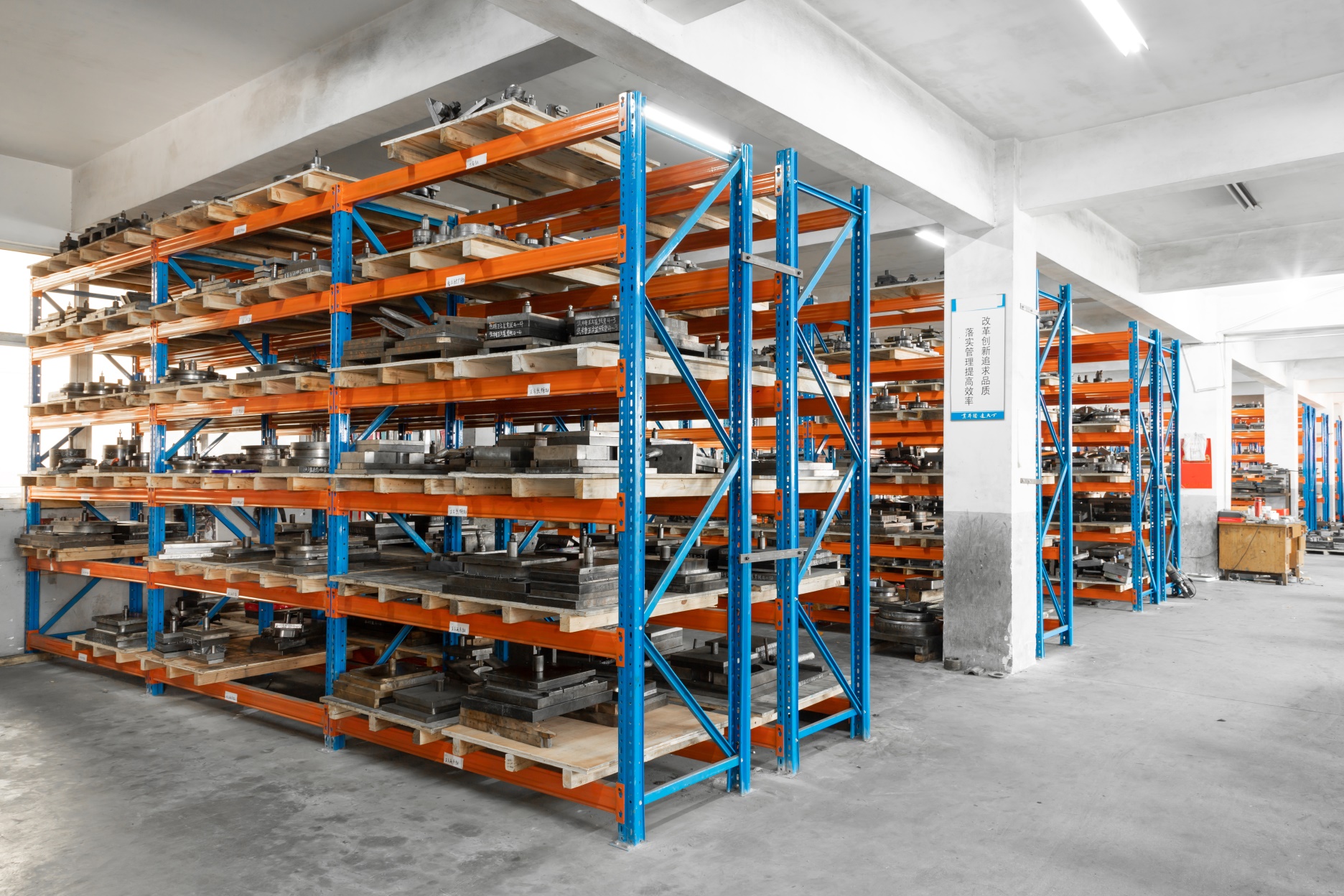When it comes to manufacturing high-quality tin boxes, the tooling process is often the linchpin that holds everything together. As a key step that directly affects the quality, efficiency, and cost-effectiveness of your production line, perfecting your tooling process is essential. This article aims to guide procurement officers and other buyers through the complexities of achieving optimal tooling for tin box manufacturing.
Tooling is more than just a preparatory step. It influences material utilization, production speed, and ultimately, the quality of the finished product. A flawed tooling process can lead to delayed shipments, causing you to miss peak sales seasons—something no buyer can afford.
For instance, our recent experience with a client named Frank, who wanted to fit 50 capsules into an existing tin box with dimensions 75*30mm (diameter*height). Unfortunately, the tin box couldn’t accommodate the capsules as desired.
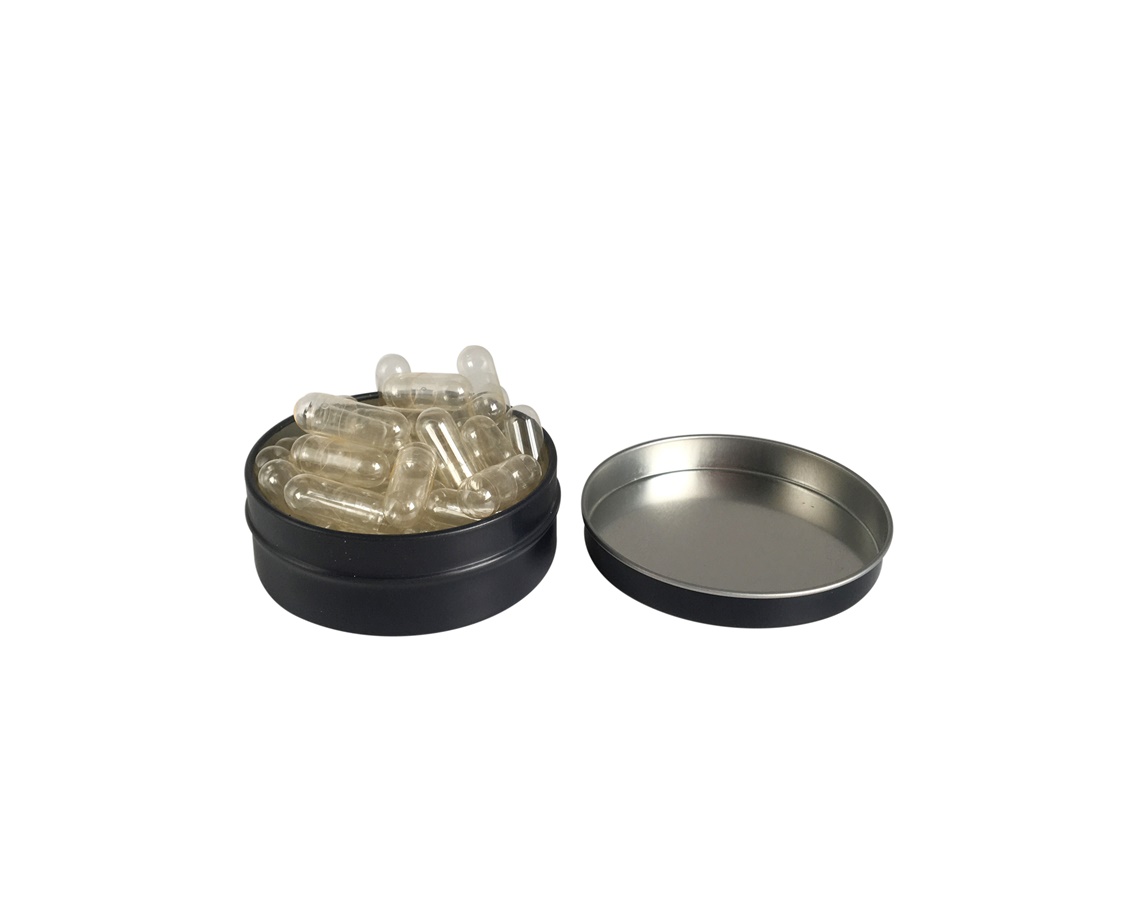
To resolve this, we developed a new tool for Frank. Despite our initial mock-up, Frank found the design unsuitable for pocket storage. This case underscores the importance of creating the perfect tooling for custom tin containers to meet specific requirements and avoid unnecessary expenditures.
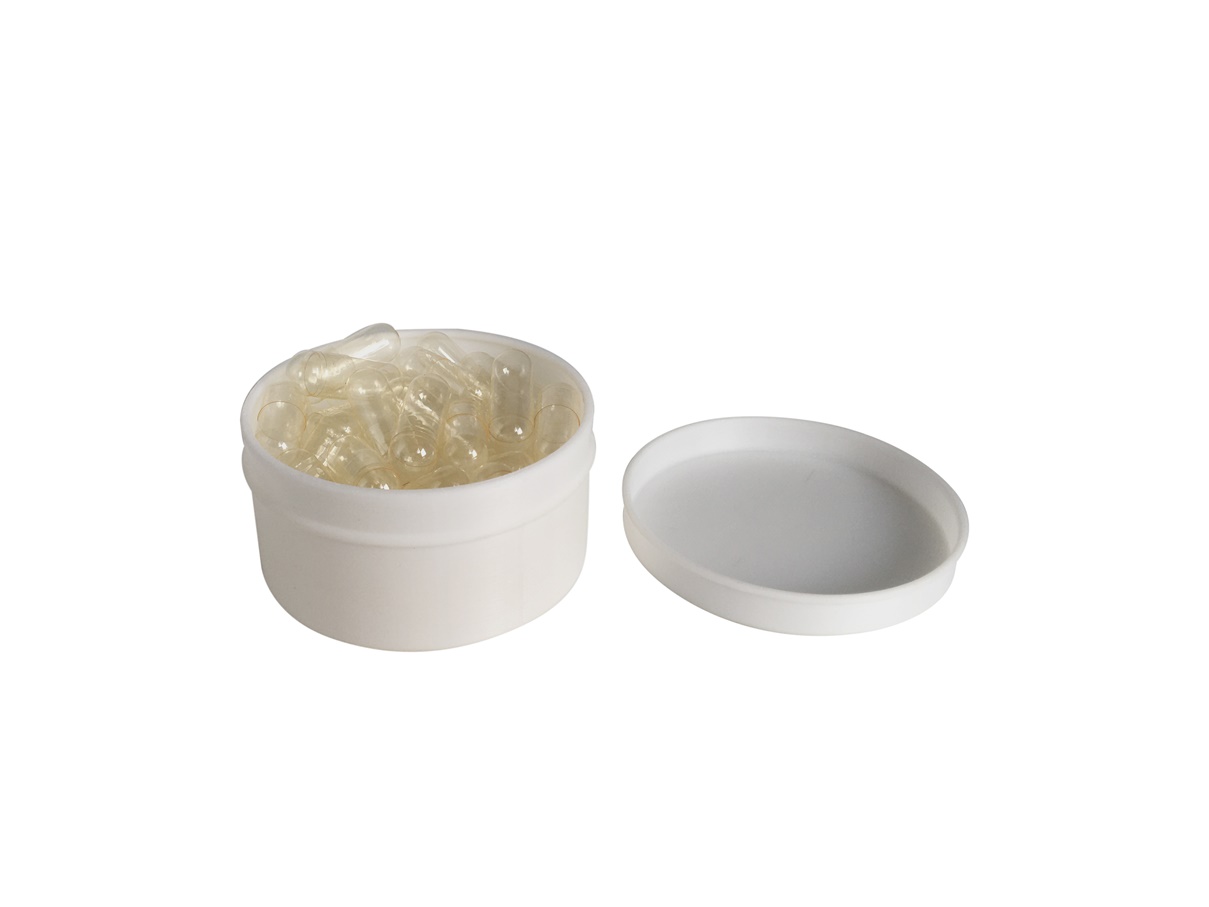
One of the key steps in developing a new tool is to create a mock-up. A mock-up allows both the client and the manufacturer to have a tangible sample for evaluation, effectively reducing the risk of dissatisfaction and additional costs down the line. Frank’s case serves as a prime example of how mock-ups can save both time and resources.
So if we want to keep the same height but can hold more capsules, what shall we do, yes, we have to change the diameter, but it’s uneasy to confirm the precise diameter, we solve the problem by making a tooling as below, it’s perfect when the inner diameter be 83mm.
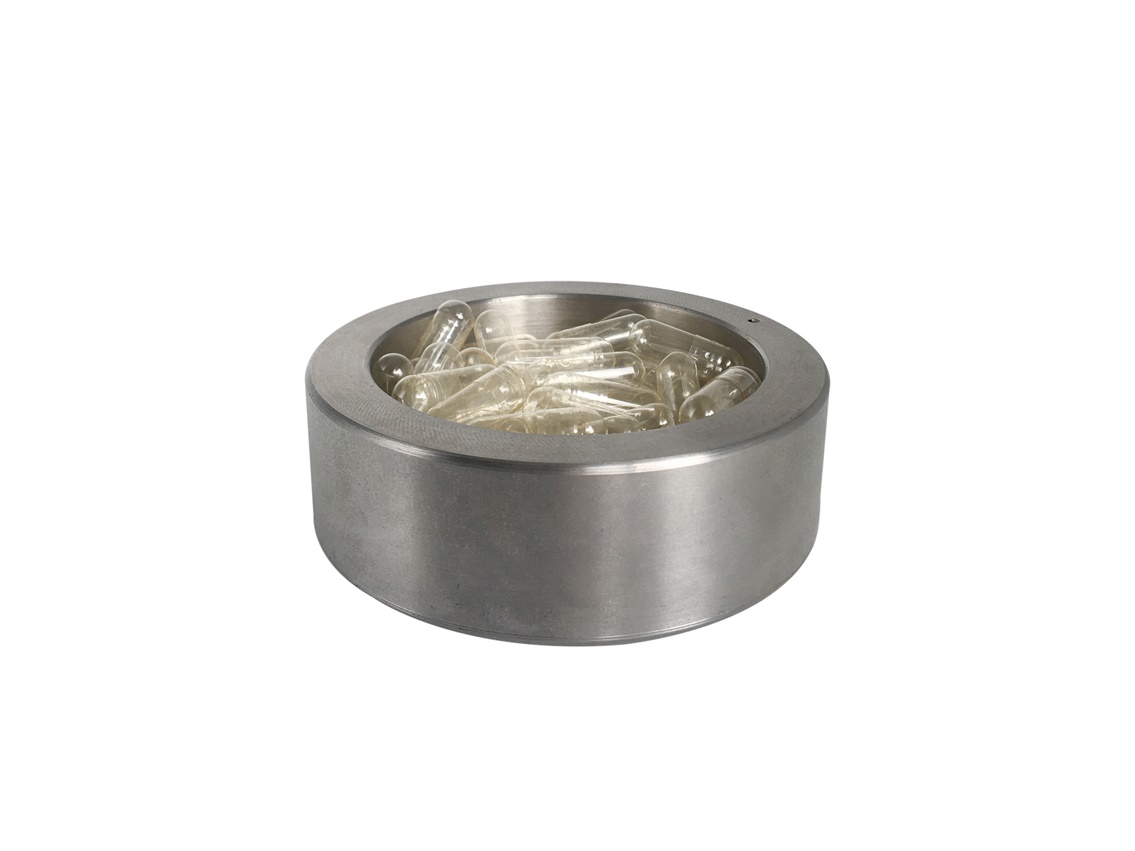
Finally, we created a brand new tooling for Frank, the size was 85*30mm, of course, Frank was very happy with this solution, and now his customers can put the tin into their jeans pocket very easily.
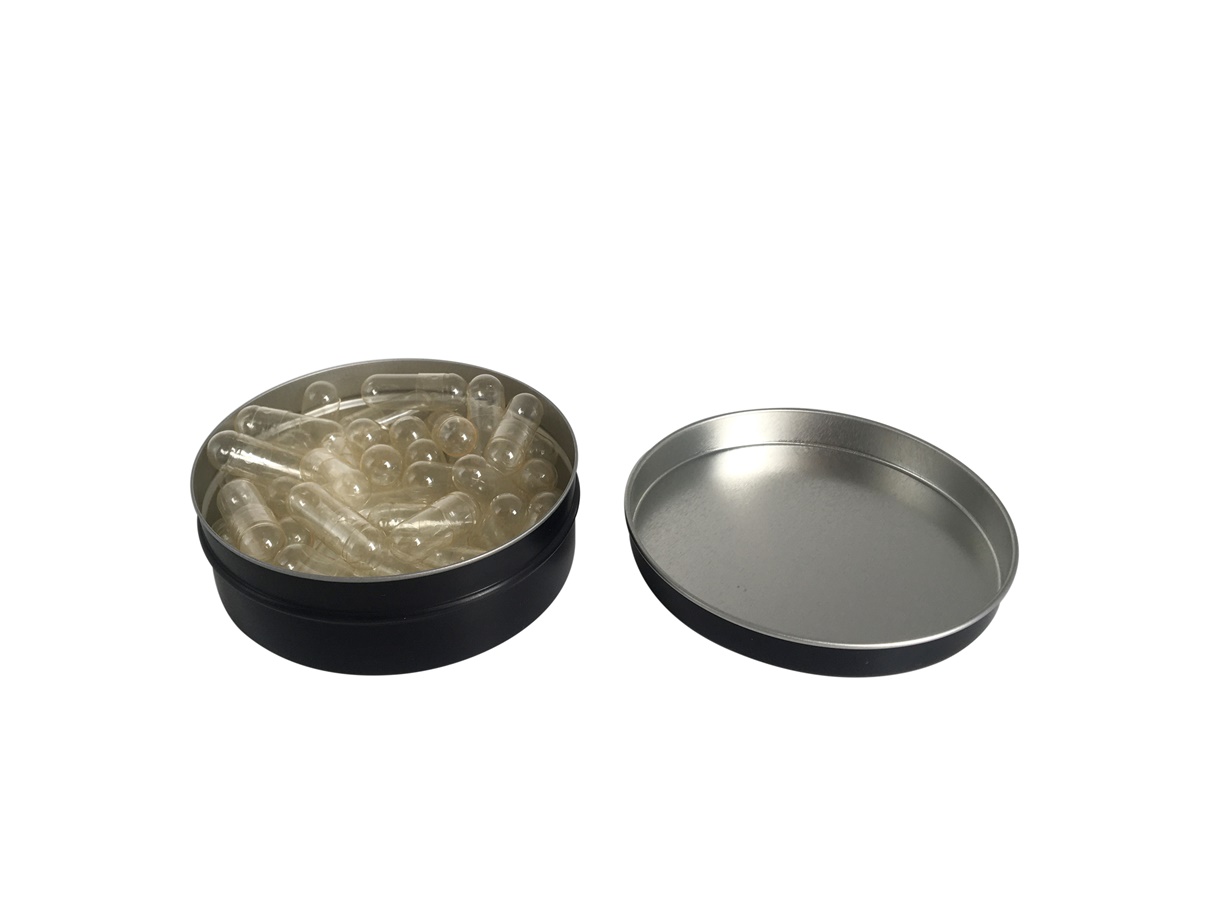
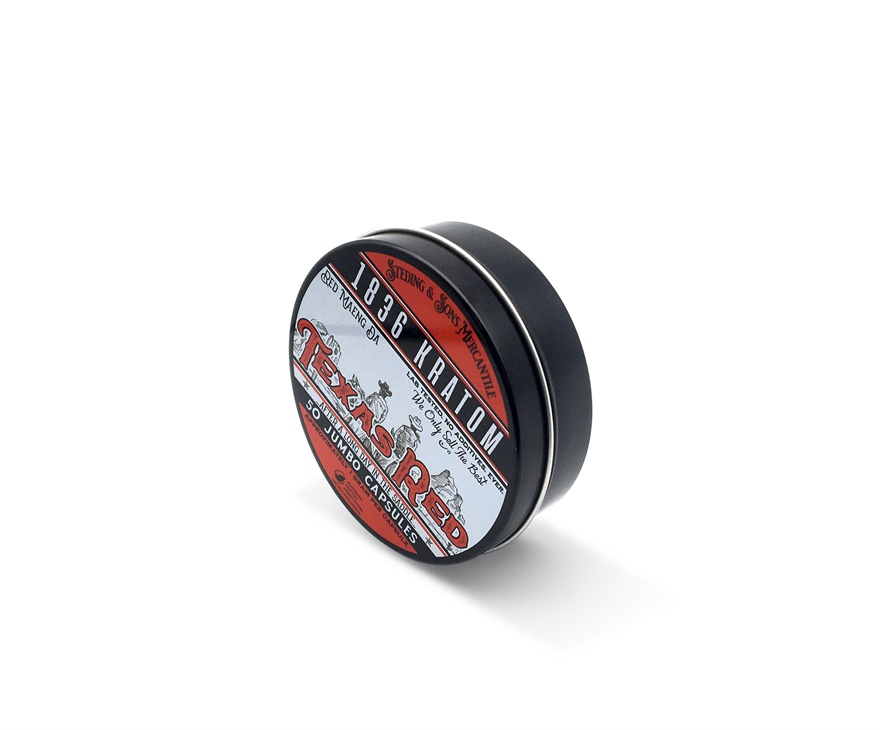
You can see 75*30mm and 85*30mm together like this, the key point is to “find” the 85mm diameter.
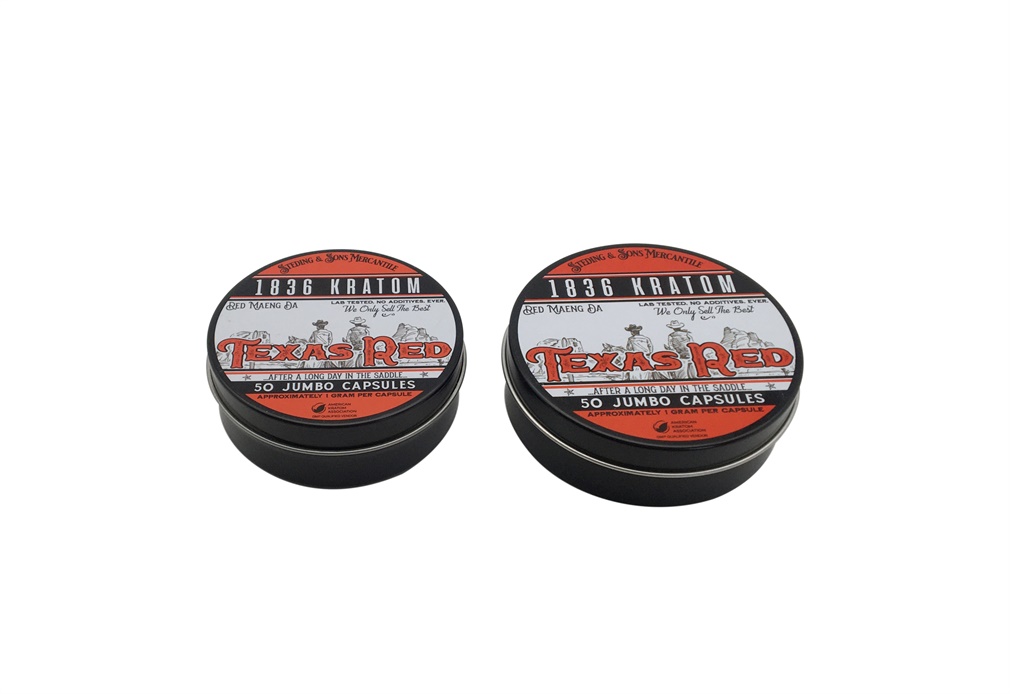
The size of the tin box should align with its intended use. Whether you are looking for something that fits in a pocket or needs to hold a specific number of items, dimensions are crucial.
Quality should never be compromised. It is essential to use top-grade materials that meet the required certifications, ensuring durability and safety.
Design elements such as the shape, opening mechanism, and user-friendliness should be taken into account. The design should not only look good but also be functional and easy to use.
Consideration for the time required for tooling and the subsequent manufacturing process is vital. Delays in this stage can lead to missed opportunities, especially during peak sales seasons.
Clear and efficient communication between the client and the supplier is imperative for successful tooling. This includes regular updates and prompt responses to any queries or modifications.
Creating the perfect tooling for a custom tin container is a nuanced process that requires attention to detail, effective communication, and a deep understanding of the client’s needs. By following these guidelines, you are far more likely to produce a product that meets expectations, both in terms of quality and functionality.
For more information on custom tooling solutions for tin boxes, feel free to contact us. With more than 2000 toolings at your disposal, we specialize in providing top-quality, customizable tin containers that are tailored to meet your specific requirements.
